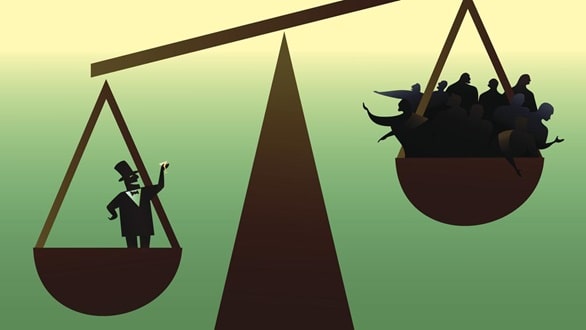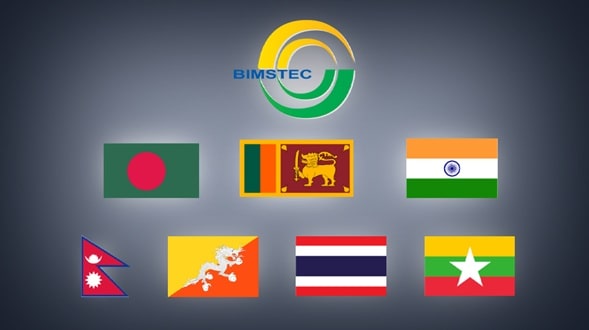A recent report from the Indian government indicates a significant reduction in economic inequality in India over the past decade. The findings, published by Hindustan Times, highlight that the Gini coefficient, a key measure of income inequality, has shown improvement, reflecting narrowing disparities in income distribution between 2011-12 and 2022-23.
Understanding the Gini Coefficient
The Gini coefficient ranges from 0 to 1, where 0 signifies perfect equality and 1 represents maximum inequality. According to the latest data, India’s Gini coefficient for consumption expenditure declined from 0.36 in 2011-12 to 0.34 in 2022-23, suggesting an overall improvement in income distribution across the country.

Factors Contributing to Reduced Inequality
Several factors have contributed to this positive trend:
- Economic Growth and Job Creation: The sustained economic growth has created numerous job opportunities, particularly in the services and manufacturing sectors, which has helped lift millions out of poverty.
- Government Welfare Schemes: Initiatives such as the Mahatma Gandhi National Rural Employment Guarantee Act (MGNREGA), direct benefit transfers, and various social security schemes have played a crucial role in reducing poverty and income disparity. Programs aimed at rural development and support for small-scale enterprises have also contributed significantly.
- Increased Financial Inclusion: Efforts to enhance financial inclusion through schemes like Jan Dhan Yojana, which promotes bank account ownership among the underprivileged, have ensured that more individuals have access to formal financial systems, aiding in more equitable distribution of resources.
Regional Disparities
While the overall national figures show improvement, regional disparities remain a challenge. States with robust industrial and service sectors have seen more significant reductions in inequality compared to states that are predominantly agrarian and less industrialized. For instance, southern and western states like Karnataka, Tamil Nadu, and Maharashtra have fared better than states in the northern and eastern regions such as Bihar and Uttar Pradesh.
The Role of Education and Skill Development
Investment in education and skill development has been pivotal in reducing inequality. Enhanced educational opportunities and vocational training programs have equipped a larger segment of the population with the skills required for better-paying jobs. The rise in literacy rates and improvements in educational attainment have been instrumental in driving socio-economic mobility.
Challenges Ahead
Despite these gains, several challenges persist:
- Urban-Rural Divide: The urban-rural income gap continues to be significant. Urban areas have benefitted more from economic growth compared to rural regions, which still face higher poverty rates and limited access to services.
- Gender Inequality: Gender disparities in income and employment opportunities remain a major concern. Women, particularly in rural areas, still face barriers to economic participation and financial independence.
- Caste and Social Inequality: Caste-based discrimination and social hierarchies continue to impact income distribution, with marginalized communities often being excluded from mainstream economic activities.
Conclusion
India’s progress in reducing economic inequality over the past decade is a positive development, driven by economic growth, government policies, and increased financial inclusion. However, sustained efforts are required to address the remaining challenges, particularly in bridging the urban-rural divide and tackling gender and social inequalities. Continued focus on education, skill development, and inclusive growth policies will be essential to maintain and further this progress.

